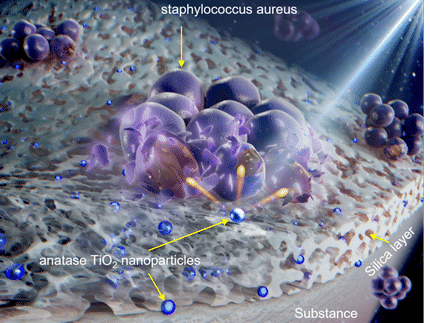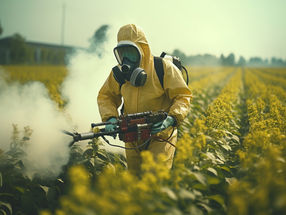Food packaging from recycled materials must be safe
Ninth BfR Forum on Consumer Protection deals with health risks of recycled packaging materials
Advertisement
Around 300 participants discussed at the Federal Institute for Risk Assessment (BfR) in Berlin within the framework of the ninth BfR Forum on consumer protection entitled "How to package food safely - health risks of recycled materials?" about food packaging made of recycled materials, their benefits in terms of sustainable management and their health risks for consumers last week. Cardboard packaging made of recycling paper came under discussion during the past months after residues of mineral oil had been detected which can migrate in relevant amounts into the packaged food. "A final health assessment of these residues is currently still difficult, because this concerns complex mixtures", said BfR President Professor Dr. Dr. Andreas Hensel. Furthermore, there are currently only a few laboratories which have appropriate analytical equipment for their detection. The participants in the BfR forum agreed that it is urgently necessary to find solutions for a reduction of migrations of mineral oil from cardboard packages made of recycled paper into foods.
From the harvesting and/or production of foods to the consumption of the product hours or months and in some cases even years can pass. In order to store, transport and protect foods from decay, they are packaged. Food packages underwent major changes during the past decades. If one purchased milk for instance 50 years ago, it was still necessary to bring a milk can made of glass or metal along; today one buys as a rule a composite carton which is recycled after the consumption of the milk.
Food packages are governed by requirements under food law. No undesired substances may migrate from the packaging into the food so that neither the quality of the food nor the health of consumers is impaired. In order to save resources and prevent waste, food packages are partly made of recycled materials. Whilst the recycling of plastics is comparatively well regulated, unknown compounds appear time and again in the field of carton packages made of recycled paper.
The most recent case involves mineral residues in cardboard packages for foods. They originate from the printing inks of newspapers used for the production of the recycling cardboard. According to analyses by a Swiss laboratory, residues migrate in relevant quantities into the foods in the cartons. This concerns dry foods with a large surface such as rice, semolina, corn flakes and noodles. A final assessment of the residues is not yet possible because of the highly complex mixtures involved, and the current data situation is not yet sufficient for all of them. However, for certain parts of the mixtures there are data from animal tests. They suggest that they are deposited in the liver and lymph nodes and could damage these organs. For another part of these mixtures, the aromatics fraction, there is, however, still a lack of fundamental data and, more particularly, studies on whether they can cause cancer in animals when taken up in food. According to BfR, the migration of mineral oils into foods should, therefore, be minimised.
As a possibility, the BfR Forum discussed the use of liner bags, for example made of aluminium coated plastics, in carton packages, which could act as a barrier to the migration of mineral oils. Appropriate plastics materials are known. Another possible solution could be impervious paper coatings. The waiver of mineral oil containing printing inks in newspaper printing was likewise discussed. This would have the additional advantage that a migration of mineral oils via the skin into the body when reading a newspaper could be prevented. The use of fresh fibres for the production of cardboard packages for foods was assessed as a possible solution under consumer protection aspects but from an ecological perspective this alternative was criticised.
































































